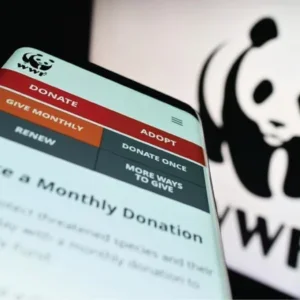federally inspected slaughter figures for the four-week period ended June 24 showed an average weekly kill of 683,000 (680,500) against 634,000 (633,250) a year earlier. FIS is now running at 3.8% above the same time last year.
At the time of going to press the issue over lifting the Japanese ban on US beef still has unresolved issues. The US naturally wants assurance that if a shipment arriving in Japan is deemed to fall foul of agreed standards it will simply be returned to the US and will not disrupt the whole trade.
Japan, on the otherhand, again quite naturally, wishes to follow through with a refusal to import further from the offending plant. USDA and the US trade negotiators are definitely not in favour of this but, along with their Japanese counterparts have decided to leave the issue until it actually arises and hits them in the face.
South Korea has rejected this all or nothing approach and Japan is unlikely to also.
A statement released in Japan says that if the rules are violated they will take ‘appropriate action commensurate with the nature of the violation.’
Among the issues which still need to be ironed out are protocols for shipments which breach the agreement, inspection time lines and how to deal with problems arising during the inspections.
The US beef industry used to export more than $1.3 million annually to Japan and it will be an uphill struggle to regain their market share. In the meantime, Australia has had a clear field and built up lines of supply of grass fed cattle.
Over in Canada, Rancher’s Beef have now opened their new beef processing plant in Calgary, Alberta, the centre of Canada’s cattle industry, and two smaller plants, Canadian Premium Meats and Rancher’s Meats, are under construction in other parts of Alberta. Swift & Co, Greeley, Colorado, have completed the sale of their non-fed cattle business to Canadian processor XL Foods. This includes the plant in Nampa, Idaho, which will operate as XL Four Star Beef Inc.
US raw hides sold for export in the four-week period ended May 25 yet again saw China in its usual top position, this time with 1,062,100, up from 988,900 in our last report, down from 1,051,700 four weeks earlier. Korea again took second place with 235,700 (594,600). Mexico went up to third place with 119,800 (43,500) followed by Japan with 113,200 (144,100).
Taiwan, was in fifth place, taking 98,700 (262,100), then Thailand with 35,100 (89,800) and Hong Kong with 29,800 (39,400). Vietnam bought 27,500 (10,100), Canada 17,300, Italy 13,000 (61,500) and Dominican Republic 9,600 (8,000).
Türkiye purchased 3,400 (1,600), Croatia 2,700 and Spain 2,500 (2,700). China and Hong Kong took a combined total of 1,091,900 against 1,028,300 last month, 1,193,900 in the previous four- week review and 1,439,200 the month before that.
Italy also purchased 11,300 (23,900) calf and kip and Japan 1,200 (21,700) calf.
This time Italy took the lead over China buying 600,700 wet-blues (296,100). Hong Kong took second place 139,800 (134,300) with China dropping into third place with 97,800 (307,300).
The Dominican Republic contracted for 41,800 (54,700) and Mexico 39,100 (34,800) and Korea 37,200 (60,000) and Thailand 24,100 (6,500).
In joint eighth position with 3,400 each was El Salvador (4,000) and Taiwan (8,200). India bought 3,000 (8,900) and Romania 900.
China and Hong Kong took a combined total of 237,600 (441,600) against 180,200 a month earlier and 194,500 the month before that.
Hong Kong took 3,321,300lb (1,724,500lb) in wet-blue splits for shipping to China while China bought 239,400 direct (1,358,000) giving them a grand total of 3,560,700lb (3,083,000). Other purchasers of wet-blue splits were Italy with 658,200lb (45,000lb); Dominican Republic 176,000 (44,000) and Korea 133,000 (45,000lb).






